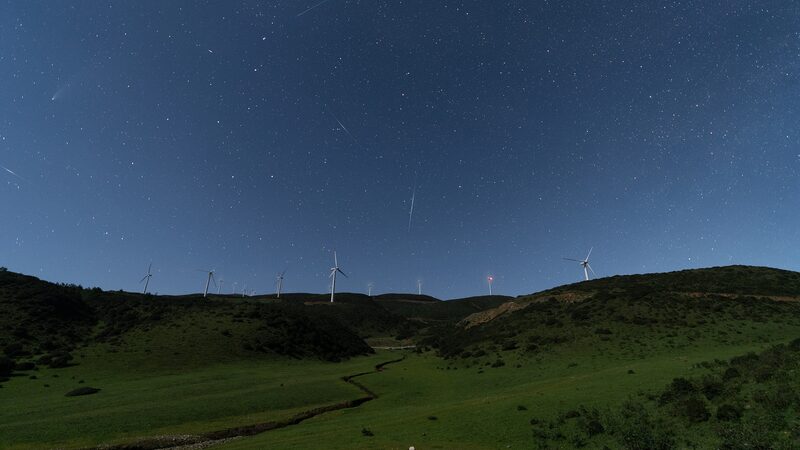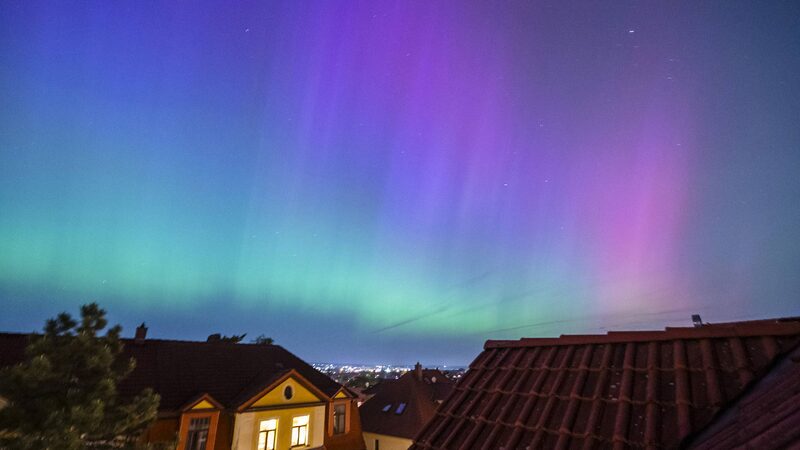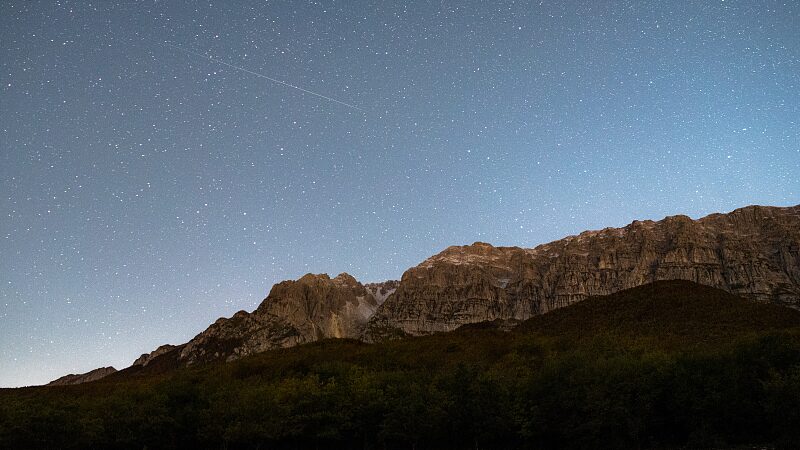Get ready for a meteor shower doubleheader! 🌌 This year, the Southern Delta Aquariid meteor shower peaks in late July, coinciding with the smaller Alpha Capricornids.
The Delta Aquariids, a favorite among North American sky gazers, will reach peak activity early Tuesday morning with an expected 15 to 20 meteors per hour in the Northern Hemisphere. Those in the Southern Hemisphere are in for an even better show! This spectacular display will last through August 21, according to the American Meteor Society.
At the same time, the Alpha Capricornid meteor shower will grace the skies, offering around five meteors per hour until August 15. While fewer in number, these meteors often blaze brightly across the night sky, making each sighting a memorable moment.
🌟 What is a Meteor Shower?
Meteor showers occur when Earth passes through the debris left by comets. The Delta Aquariids come from comet 96P/Machholz, while the Alpha Capricornids originate from comet 169P/NEAT. As these space rocks enter our atmosphere, they burn up, creating those beautiful shooting stars we all love.
<Don Pollacco, an astronomer from the University of Warwick, says, \"One bright one is worth 20 faint ones.\" So keep an eye out for those stunning, bright meteors!
🔭 How to View a Meteor Shower
For the best experience, try to watch between midnight and the predawn hours. Find a dark spot away from city lights, and make sure the sky is clear. A waning moon this year means darker skies, perfect for spotting meteors. Remember to give your eyes time to adjust by avoiding phone screens – as NASA's Bill Cooke advises, \"It ruins your night vision.\"
The Southern Hemisphere will have prime viewing conditions for the Delta Aquariids, especially after midnight when the sky is darkest.
✨ What’s Next?
Don't miss out on the next big meteor shower, the Perseids, which will peak in mid-August. Stay tuned to the American Meteor Society for updates on peak viewing times and moonlight conditions.
Reference(s):
cgtn.com




